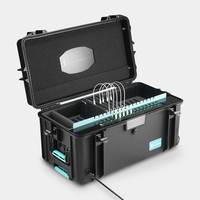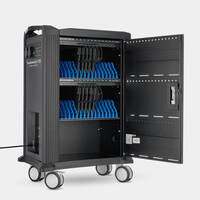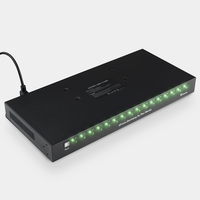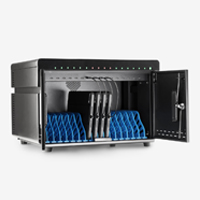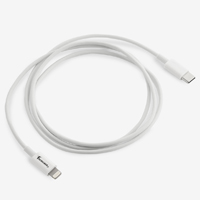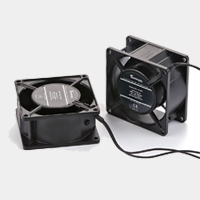Führend in nachhaltigen Lösungen
Wir bei Formcase glauben, dass Nachhaltigkeit nicht nur ein Ziel ist, sondern eine Verantwortung.
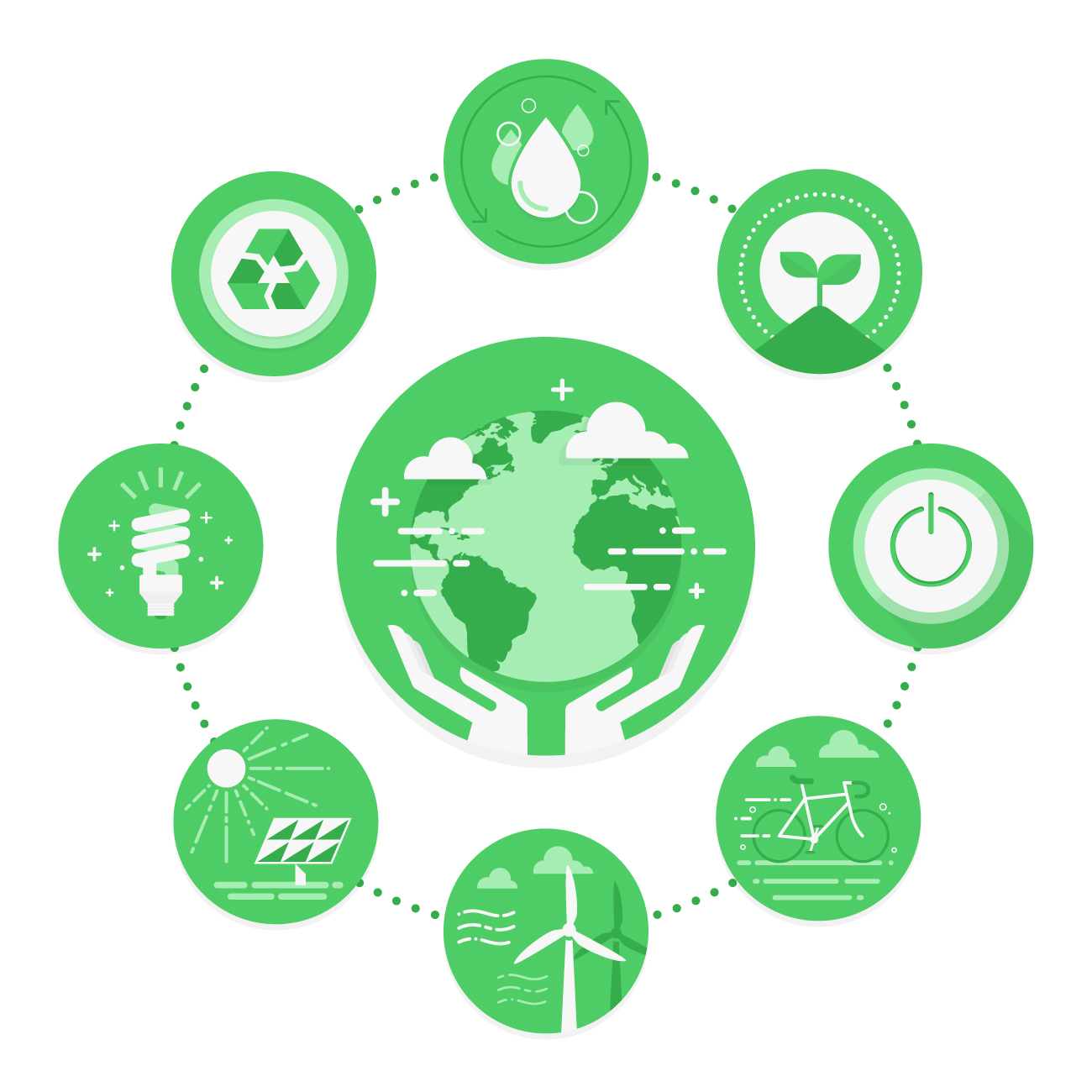
Als führender Anbieter von Ladelösungen sind wir bestrebt, umweltfreundliche Praktiken in alle Bereiche unserer Geschäftstätigkeit zu integrieren.

Sustainable Materials and Production
Unser Produkt wird aus sorgfältig ausgewählten nachhaltigen Materialien hergestellt. Wir legen Wert auf ökologisch einwandfreie Rohstoffe, die entweder recycelbar, biologisch abbaubar oder aus erneuerbaren Quellen stammen. Außerdem achten wir darauf, dass die Produktionsprozesse so ressourcenschonend wie möglich sind, um den ökologischen Fußabdruck zu minimieren.
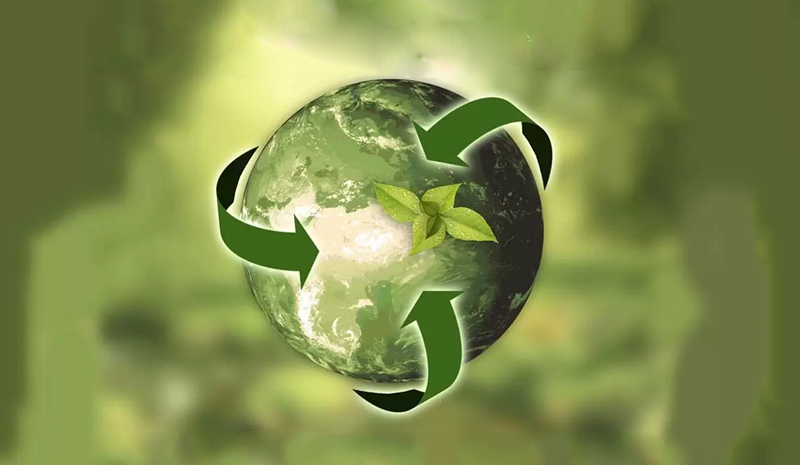
Durability and Reusability
Unser Produkt ist auf eine lange Lebensdauer ausgelegt. Durch die Verwendung hochwertiger Materialien und eine sorgfältige Verarbeitung stellen wir sicher, dass es der täglichen Beanspruchung standhalten kann. Darüber hinaus fördern wir die Wiederverwendbarkeit unseres Produkts, um Abfall zu reduzieren und den Verbrauch von Einwegprodukten zu minimieren.
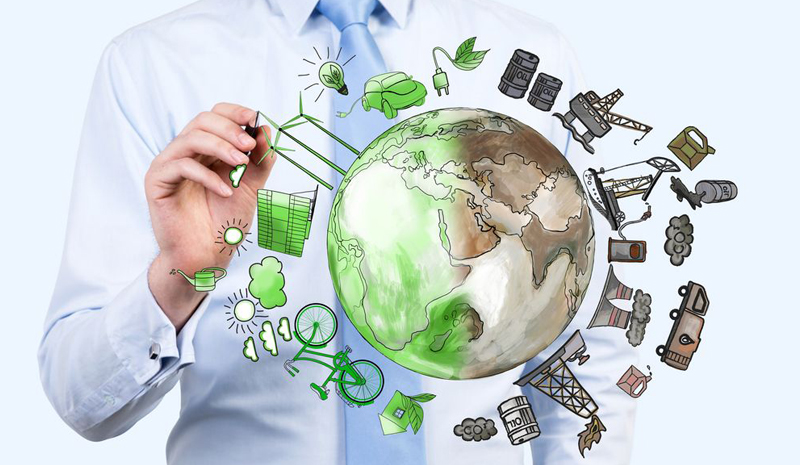
Environmentally Friendly Packaging
Wir sind uns bewusst, dass Verpackungen einen wesentlichen Beitrag zum Abfallproblem leisten. Deshalb konzentrieren wir uns auf umweltfreundliche Verpackungslösungen. Unsere Verpackungen bestehen aus recycelten oder biologisch abbaubaren Materialien und sind so konzipiert, dass sie den Schutz bei Transport und Lagerung gewährleisten, ohne unnötigen Abfall zu verursachen.

Transparent supply chain and social responsibility
Wir legen Wert auf eine transparente Lieferkette und arbeiten mit Lieferanten zusammen, die unsere hohen Nachhaltigkeitsstandards erfüllen. Wir fördern faire Arbeitsbedingungen und soziale Verantwortung entlang der gesamten Wertschöpfungskette. Durch unsere verantwortungsvolle Beschaffung tragen wir dazu bei, positive soziale Auswirkungen zu erzielen.

Customer Awareness and Education
Unser Ziel ist nicht nur das Angebot nachhaltiger Produkte, sondern auch die Förderung von Bewusstsein und Bildung. Wir informieren und inspirieren unsere Kunden über die Vorteile eines nachhaltigen Lebensstils und geben praktische Tipps für ein umweltbewusstes Alltagsleben. Durch die Weitergabe von Wissen wollen wir dazu beitragen, eine nachhaltige Denkweise zu fördern und einen gesellschaftlichen Wandel herbeizuführen.

Energy Efficiency
Unsere Einrichtungen sind mit modernster Technologie ausgestattet, um die Energieeffizienz zu gewährleisten. Von den Fertigungsprozessen bis hin zu den Büroräumen sind wir ständig bestrebt, unseren Energieverbrauch zu senken und erneuerbare Energiequellen zu nutzen.
Formcase CO2 Minus Mission
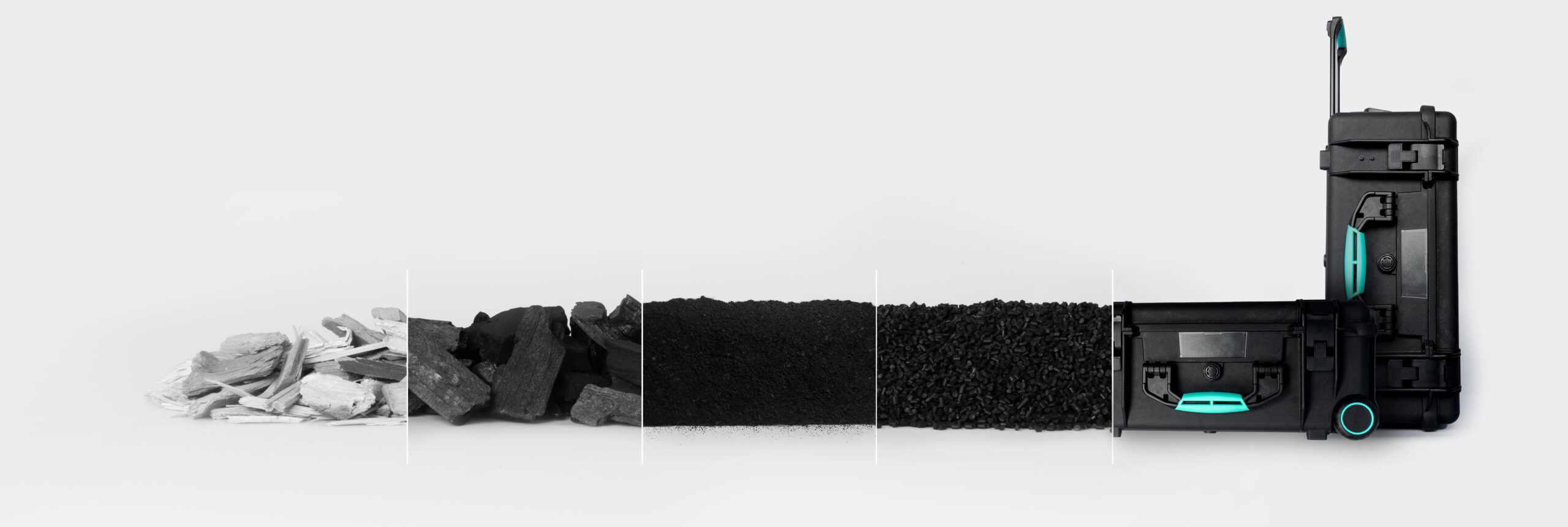
Im Rahmen unseres Engagements für Nachhaltigkeit berücksichtigen wir bei der Herstellung unserer Produkte alle möglichen Umweltaspekte.
A sustainable material – polypropylene (PP)
“Polypropylene is a premium material. The return of the polypropylene material from the interlayers to the manufacturing process is always safe. The use of polypropylene ensures full recyclability at the end of the product life cycle. The recycled material is used to make new products, minimizing the spread of pollutants in the environment.”
Polypropylene (polypropylene or PP) has a long history. In Germany in 1954, Karl Rehn, discovered this material from the “Farbwerke Hoechst”. At the same time, the material was synthesized and industrially produced by the scientist Giulio Natta in Italy. It is a thermoplastic with high stability and chemical resistance. However, it is harder and more heat resistant. It can be heated to 140° C for a short time. Coffee makers and kettles are usually made of PP. If the temperature drops below 0° C, the material can become brittle. To avoid this, there are so-called copolymers with ethene.
The special feature of polypropylene is its tacticity, i.e. the order of the methyl radicals during polymerization. Depending on the arrangement of the methyl residues, the polymers are divided into three groups. Tacticity is also partly responsible for the properties of the plastic. Therefore, the type of tacticity is decisive for the quality of a polypropylene.
Polypropylene is a thermoplastic, i.e. the granules (small grains) are heated until they are liquid and shaped. After cooling, the polymer emerges in its new form, e.g. as a cup.Thermoplastics, also called plastomers, are plastics that can be deformed (thermo-plastically) within a certain temperature range. This process is reversible, i.e. it can be repeated as often as desired by cooling and reheating to the molten state, as long as the so-called thermal decomposition of the material does not set in due to overheating.
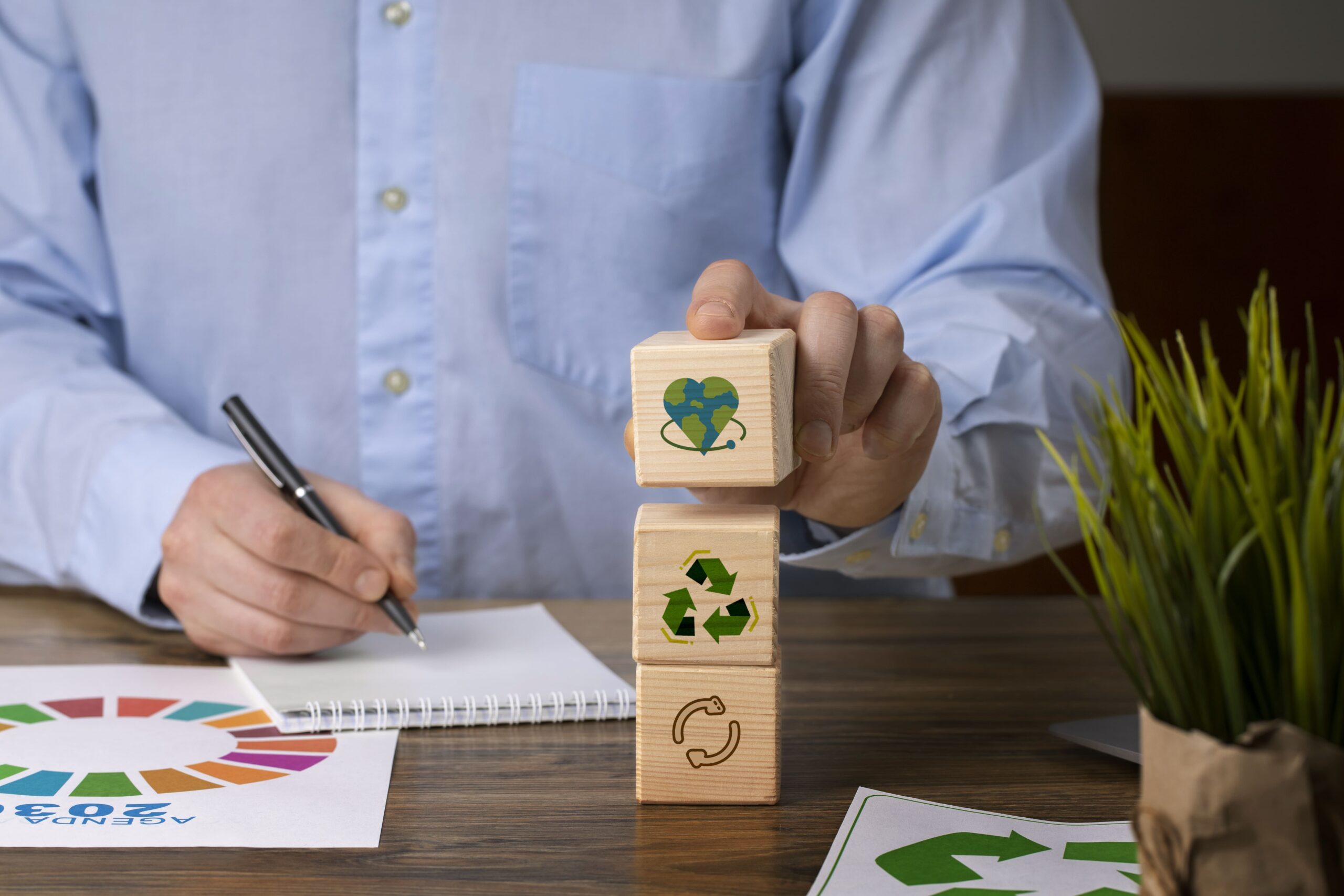
Was ist polypropylene? (PP)
Polypropylen (PP) ist ein thermoplastischer Kunststoff, der aus Ethylen und Propylen besteht. Es werden keine Weichmacher verwendet, was für die Gesundheit nicht schädlich ist. Thermoplastisch bedeutet, dass Polypropylen (PP) durch Hitze beliebig oft verformt werden kann und die gewünschte Form annehmen kann. Dies prädestiniert Polypropylen (PP) als Basis für Verpackungen und es ist nach PE der am häufigsten verwendete Kunststoff für die Verpackungsbranche. Polypropylen (PP) wird durch Polymerisation hergestellt, ein Gas, das bei der Erdölverarbeitung entsteht.
Warum ist Polypropylene Nachhaltig? (PP)
Der Grund, warum Polypropylen (PP) nachhaltig ist, liegt darin, dass es sehr haltbar ist und für eine lange Nutzung geschaffen wurde. Das bedeutet, dass Produkte aus Polypropylen (PP) nicht ständig ersetzt werden müssen, um die Umwelt zu schützen. Dementsprechend hat Polypropylen (PP) aber auch die Eigenschaft, sich nicht zu zersetzen. Dennoch ist Polypropylen (PP) umweltverträglicher als andere Kunststoffe. Denn Polypropylen (PP) bildet in der Natur kaum Schadstoffe, die das Grundwasser verunreinigen oder die Umwelt schädigen könnten.

